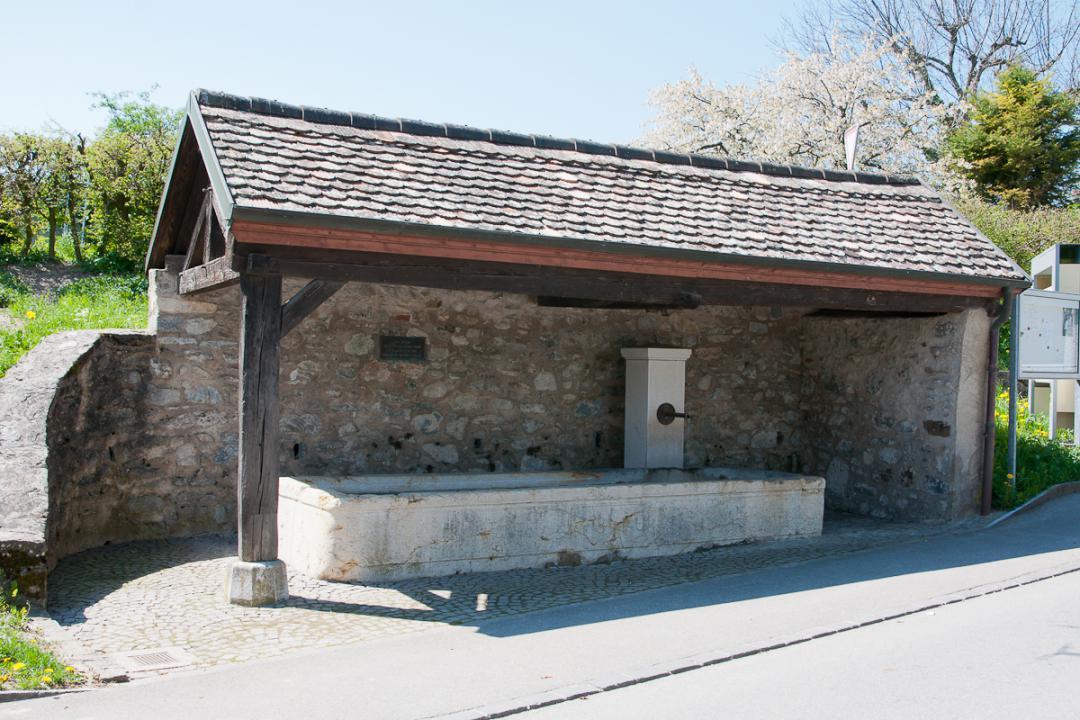In the 19th century, the public fountain was often the only place where villagers could obtain water to drink, wash clothes and clean. Fountains played a major part in village life because women and children made their way to them every morning and evening. Responsibility for these water sources was entrusted to the "fontainiers" or fountain superintendents, who limited the time allocated for cleaning tasks so as to guarantee that water for drinking would remain clean.
Most of the region's fountains date back to the mid-19th century. They all feature the same design with large, low basins to provide easy access for watering the animals and for cleaning work. When drinking water became available in households towards the end of the 19th century, the fountains ceased to be public utilities and instead, became much-appreciated decorative monuments.
